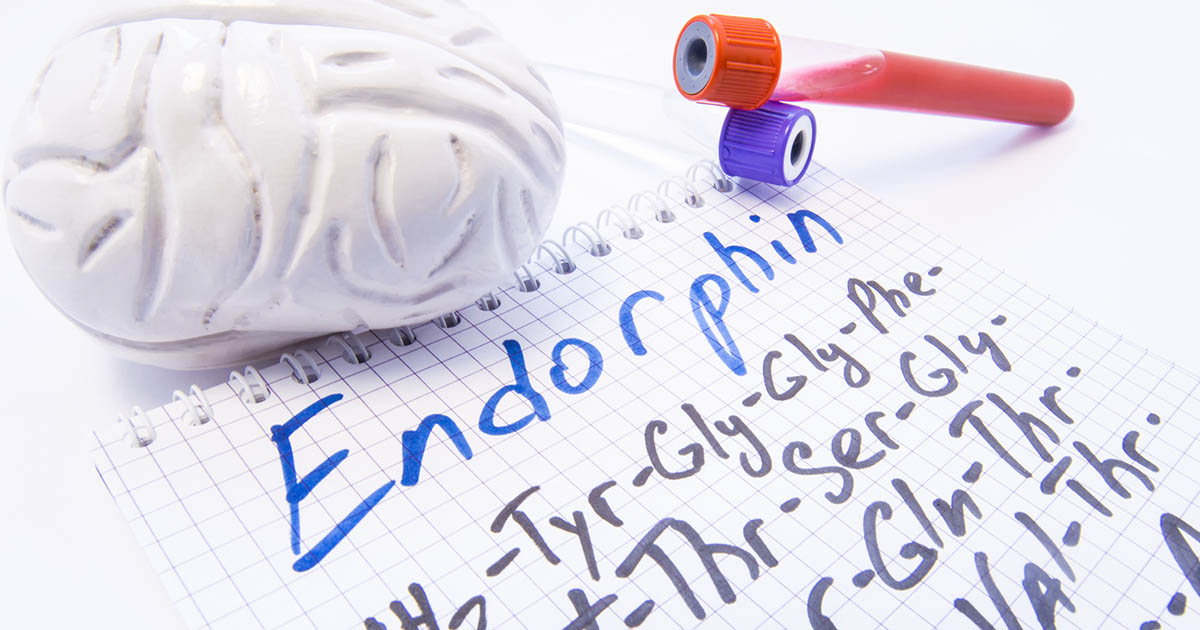Health Benefits Of Pet Therapy
Pet therapy is a type of therapy that involves guided interactions between humans and a trained animal. The animal's handler is part of the interaction as well. Pet therapy is used as a mental health treatment designed to help individuals cope with or recover from mental disorders or other health problems. The most commonly used animals in pet therapy are cats and dogs. With that said, horses, guinea pigs, fish, and other animals meeting screening criteria can also be part of the practice. The type of animal used depends on an individual's goals and treatment plan. Some practitioners call pet therapy animal-assisted therapy. Each patient will have slightly different therapy goals based on their needs.
Get the details on the health benefits linked to pet therapy now.
Releases Endorphins

One major health benefit related to pet therapy is the release of endorphins during interactions with animals. Endorphins are chemicals that, when released by the brain, make individuals feel good. The way endorphins function is by binding to the opioid receptors in the nervous system, producing a sense of euphoria and acting like painkillers. Actual opioid medications come with a high potential for addiction and other side effects. Meanwhile, visiting with a dog or cat can produce a similar effect without any of the potential drawbacks. This is because the nervous system is producing its own endorphins rather than introducing artificial ones, which can throw off an individual's neurochemistry. The body's natural endorphins help individuals fight off stress and pain. In many cases, they are referred to as 'feel-good' chemicals. The majority of endorphins are made in the pituitary and hypothalamus glands. Patients with fibromyalgia and depression might have naturally lower endorphins, so they are good targets for pet therapy.
Read more about the health benefits of pet therapy now.